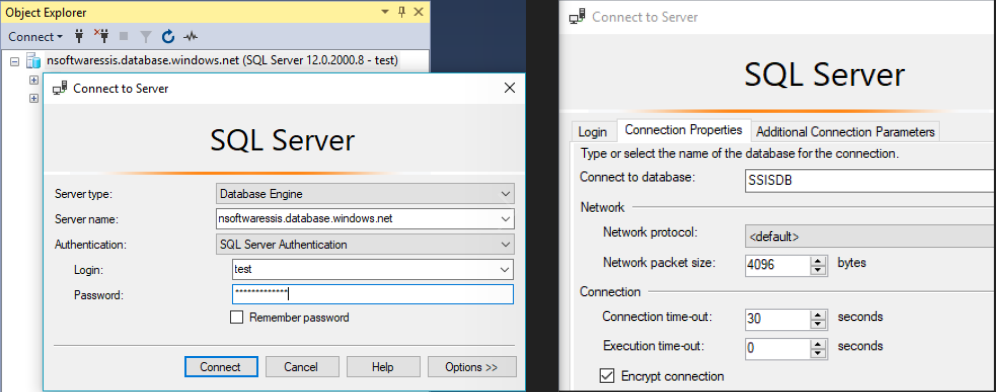


#SSMS VS AZURE DATA STUDIO INSTALL#
For many of them you must visit a website, download the VSIX file and install it manually using the File > Install Extension from VSIX Package menu option. Note: not all extensions can be installed from the Extensions pane. Installing this many on SQL Server Management Studio (SSMS) would slow it down dramatically. It’s worth mentioning that for the most part Azure Data Studio extensions are extremely lightweight, both in download size and memory usage. I am not interested in management of the database (by this I presume you mean being a database admin such as assigning permissions and restricting use).At last week’s presentation to the Edmonton SQL Server user group, I spoke at length about the many extensions that are available for Azure Data Studio, and was asked by Chris Wood to share all the extensions I use. Eventually I would like to use SQL to write custom reports and also to build databases. I am not developing or managing at this point. Again, oriented to development over management. This offers a very different development environment. Are you managing servers and databases as well as developing code and databases? You may see better use in SSMS.Īlso, don't forget about Azure Data Studio. They both do that roughly the same.Īs to point four, are you developing code and databases? You may see better use in VS (source control being the biggie here). Your initial question was focused on query writing.

They are going to have very different menu choices, etc. SSMS is oriented towards database and server management. The key here is Visual Studio is oriented towards development. The menu choices are absolutely going to be different. There are more tools oriented towards this in Visual Studio than in SSMS. You see more crossover when you start talking about automating deployments and getting your code into source control. Where as, if you work primarily within SSMS, you're more likely to stay there. I'd say that people who work primarily within Visual Studio are more likely to stay there to write queries. The Visual Studio query editing environment is largely, but not perfectly, the same as writing it in SSMS.


 0 kommentar(er)
0 kommentar(er)
